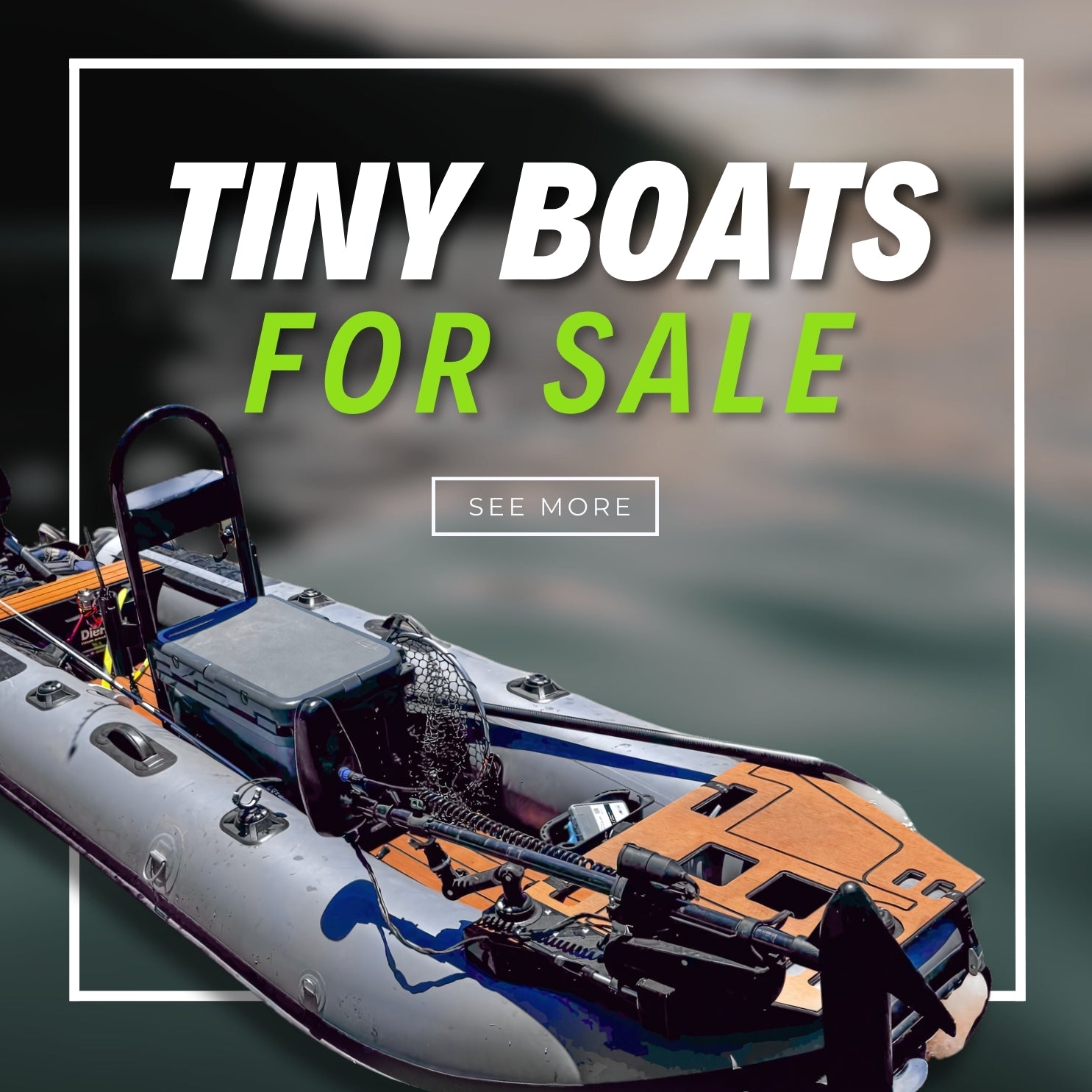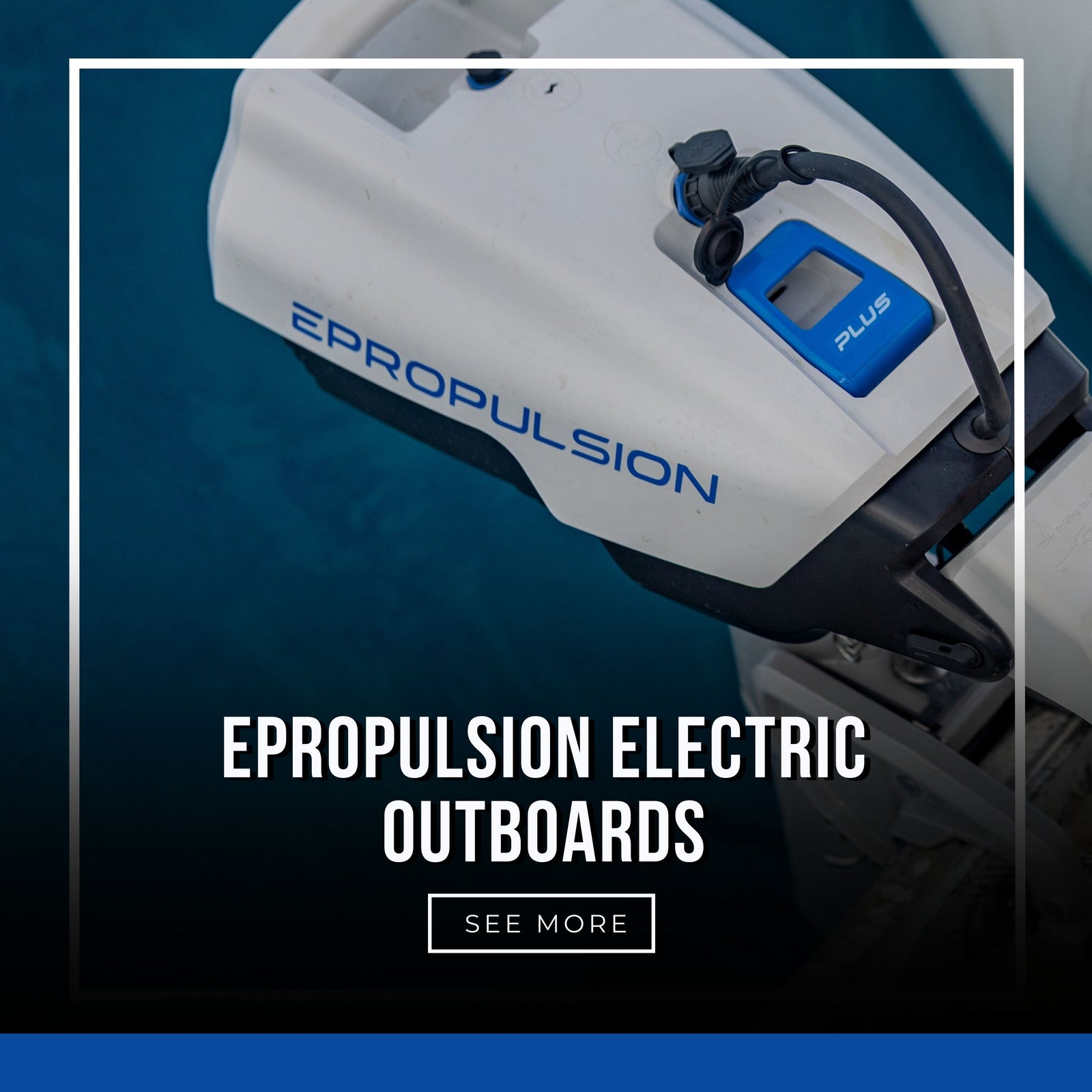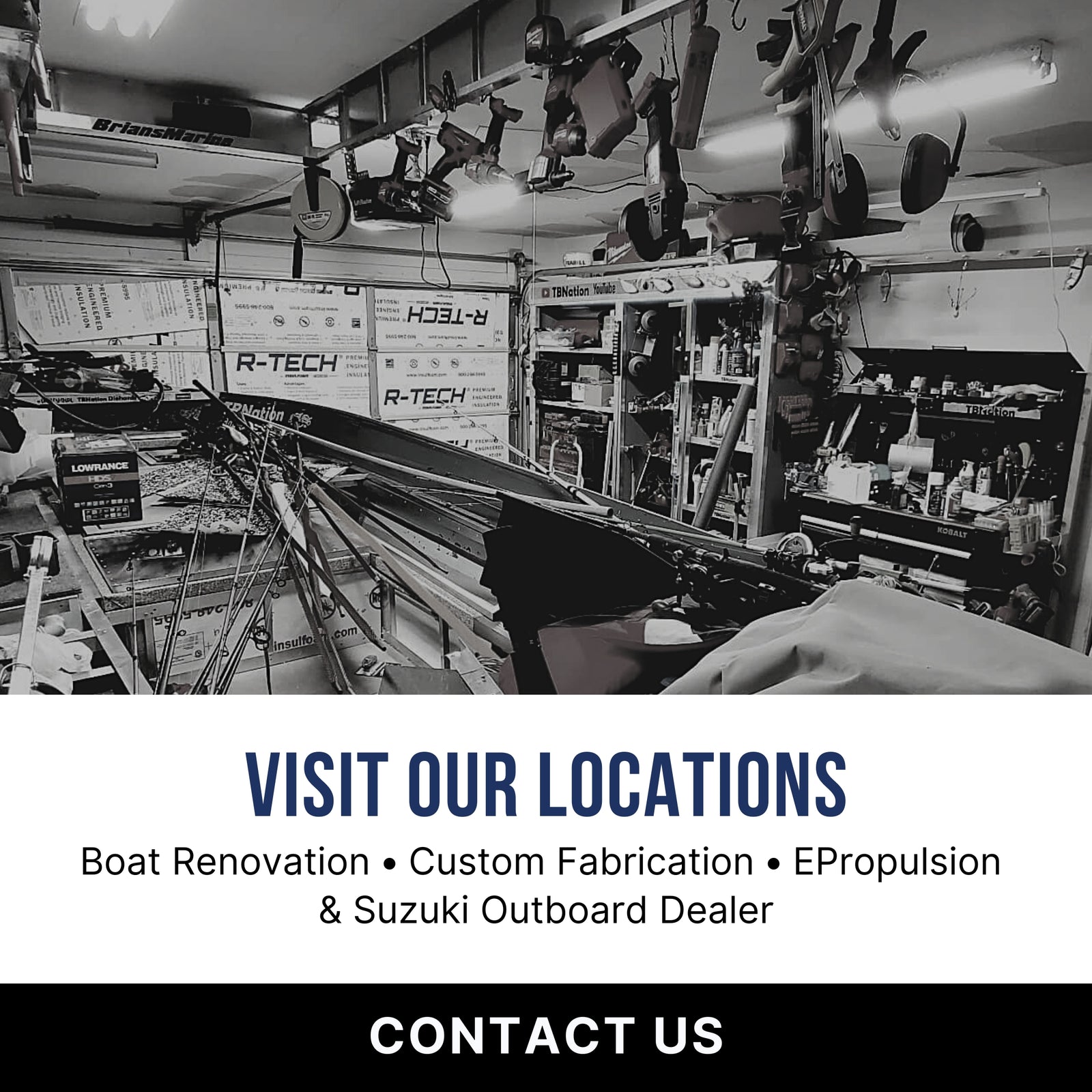Your Cart is Empty
Anchor with Confidence Anywhere with Lewmar Shallow Water Anchors
Stop worrying about dragging or drifting, Lewmar Shallow Water Anchors give you superior holding power in shallow waters. Perfect for fishing, boating, or leisure trips, these anchors keep your boat exactly where you want it, so you can focus on the fun, not the hassle. Whether you’re casting in calm bays or enjoying a peaceful afternoon on the lake, Lewmar ensures your vessel stays securely positioned. With dependable performance and easy handling, you’ll have total peace of mind wherever you drop anchor.
Read MoreFAQ
-
Selecting the appropriate boat anchor depends on factors such as your boat's size, weight, and the typical seabed conditions you encounter. Common types include fluke (Danforth) anchors for sandy or muddy bottoms, plow anchors for various conditions, and mushroom anchors for soft seabeds. Ensuring the anchor's holding power matches your vessel's requirements is crucial for safety and stability.
-
The scope refers to the ratio of the length of the anchor rode (line and chain) to the depth of the water. A common recommendation is a 5:1 scope in calm conditions, meaning if you're anchoring in 10 feet of water, you should let out 50 feet of rode. In rougher conditions, a 7:1 or greater scope may be necessary to ensure the anchor sets properly and maintains a secure hold.
-
To prevent your boat anchor from dragging, ensure you're using the correct type and size of anchor for the seabed and conditions. Let out an adequate amount of rode to achieve the recommended scope, and allow the anchor to dig in by gently reversing your boat to set it firmly. Regularly inspect your anchor and rode for wear or damage, and be mindful of changing weather or tidal conditions that may affect holding power.
-
Electric boat anchors, or windlasses, offer the convenience of deploying and retrieving your anchor with the push of a button, reducing physical strain and saving time. They are particularly beneficial for larger boats or for boaters who anchor frequently. While they represent a higher upfront investment, many find the ease of use and added safety features justify the cost.
-
Regular maintenance of your boat anchor and its components is essential for reliable performance. After each use, rinse the anchor, chain, and rope with fresh water to remove salt and debris. Periodically inspect for signs of wear, corrosion, or damage, paying close attention to shackles and swivels. Store the anchor and rode properly to prevent tangling and prolong their lifespan.

























